Harvesting can start as soon as early summer,
if the weather has been favorable for early spring crops. The peak of the
season happens, though, in August and September, when the greatest variety and
quantities of crops can be harvested. The method to harvest some crops appear
intuitive, but others are not easy to figure out at all. Below are some methods
and tips to harvest and increase production of the most commonly grown crops in
our gardens.
Some rules of thumb:
1. Harvest early in the day for crunchy
fruits and leaves. It tastes better!
2. Leave the calix (the small leaves where
the fruit and stem meet) on most fruits; it improves conservation.
3. Pull out root crops from the ground.
4. Use clean and sharp knife, scissors or
shears to limit damage to plant and fruit when harvesting is done by cutting.
5. Harvesting frequently as soon as fruits
are ready stimulates production and increases energy efficiency for crops.
6. To cure means to let dry the crop for a
long time.
7. For root crops, the "fork
technique" goes as follow :
Plant the fork in the soil beside the root crops, and
use it as a lever to push them up from below. Be careful not to damage the
crops: make sure you plant the fork below them and not into them.
----Greens
 |
| epicurious.com |
Harvest individual leaves starting from when there are a
few growing. Keep on harvesting leaves if you want the plant to keep on
producing (mostly for kale and swiss chard, which are better suited for
continuous production throughout the season).
Harvest whole heads when the plant starts dying or
flowering. To do this, remove some of the soil around the base of the plant and
use a knife to cut the stem of the plant where it meets the taproot (there
should be a distinctive line where the stem meets the root).
When harvesting individual leaves, start from the big,
old leaves at the bottom, and move your way upward, toward the small, new
leaves. Break the leaves as close to the stem as you can. Do not pull on the
leaves as you may uproot the plant. Do not tear the leaves from the plant as
this would attract pests and make the plant vulnerable to diseases.
Wash the plant/leaves in cold water soon after harvest to
keep their crunchiness. If the leaves/plants are left in a hot environment
after harvest, they will wilt (which is not very appetizing). Store in the
fridge, but make sure the plant/leaves are not wet.
Miscellaneous fruits
-----Beans
 |
| home.howstuffworks.com |
Harvest when young and tender, before the seeds make
bumps in the pods (except for dry beans). Do not pull on the beans as you may
uproot the plant or break the stem. Instead, pinch the beans off the stem or
cut them with a knife or scissors.
Do not store wet, as they will develop rust.
Bean plants keep on producing if you keep on harvesting.
A good level of harvest may produce overcompensation and maximize the
production level. If beans are not harvested, the plant will stop producing and
die (as it has produced seeds), so avoid saving pods for seed saving as long as
the season is not coming near its end. Beans will keep on producing as long as
the weather allows them (assuming no other physical limits).
-----Peas
 |
| foodperson.com |
Harvest when the fruit is round and plump (except for
snow peas).
Cut the stem with scissors or knife over the calix (the
leaves at the stem-end of the fruit, which was the base of the flower and looks
like green petals). In other words, cut the stem, not the pod. Cutting over the
calix slows down the ripening process and keeps the peas fresh for a longer
time.
-----Squash, summer
Harvest when young and tender : 6-8 inches long for
elongated varieties, and 3-4 inches in diameter for patty pan varieties.
Larger fruits will be too seedy to be used whole, but may still be cooked
stuffed or used grated (once the seeds are removed). Summer squash grow rapidly,
so harvest regularly (it also stimulates production).
Use shears, scissors or a sharp knife to cut the stem of
the fruit. Don't try to pull or twist the fruit off of the plant; you may end
up uprooting and/or damaging the plant.
Blossoms can also be harvested and eaten. Harvest when
colored but not wilting or browning.
Summer squash are easy to damage and do not store well.
-----Squash, winter
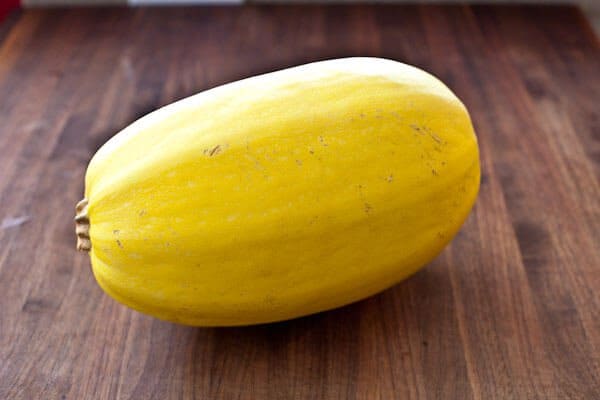 |
| steamykitchen.com |
Harvest when the fruit have a deep, solid color and the
rind is hard (can't be punctured by thumbnail). The skin should be dull and
dry, not shiny and smooth. No hurry here : there's no damage in letting a
winter squash longer on the plant, except if it can be exposed to heavy frost.
Cut off the plant using knife, scissors or shears. Cut
the stem, leaving about 1 inch of stem attached to the fruit if possible.
Winter squash can store throughout the winter in proper
conditions (50% humidity, cool, aerated, preferably without any fruit touching
each other, no more than 2 fruit deep if piling for long storage), unless
damaged (cut, bruised, stem knocked off, heavy frost, etc.). Acorn squash only
last up to 2 months; butternut, turban and buttercup can store up to 3 months;
and Hubbard up to 6 months.
Remove dirt and debris from the plant. Do not wash with water,
or dry well before storing.
Nightshades
-----Tomatoes
 |
| marlerblog.com |
Harvest when the fruits are colored (i.e. not green),
firm (not too hard, and too soft means they over-ripened), and dense and heavy
(unripe fruits will be lighter)
Tomatoes can be picked when they start coloring and be
left to ripen off the vine. Picking early reduces risks of damage from pests,
weather events, and cracking from underwatering. This doesn't work for tomatoes
that haven’t stopped growing (expanding); it only works for tomatoes that are
at their mature size but have yet to color up.
To harvest, pluck the tomatoes from the stem with
fingers. Leave the calix (the star-shaped green petals that look like leaves at
the stem-end of the fruit) on the fruit. It helps the fruit ripen at the
correct rate.
Remember to prune your plants before the season is over
so that flowers and green tomatoes can reach maturity. If the plants are not
pruned (for indeterminate varieties), they will keep on producing leaves and
stems, as well as new flowers, leaving you with many green tomatoes that will
not color up.
Keep off of sunlight for even ripening. Place in a cool
dark place, in a single layer, until they're ripe.
-----Eggplant
 |
| drosengarten.com |
Harvest before the fruit gets spongy and before the skin
becomes of a dull color, as the fruit will be very seedy, less fleshy, and
taste bitter at that point. Harvest when the fruit reaches 6-8 inches in length
and the skin is dark and glossy (for the usual, egg-shaped, dark purple
variety; signs of maturity may vary with variety).
Use scissors, pruners or a sharp knife to cleanly cut the
eggplant above the calix. The peduncle or stem attached to the plant is most
often very tough, so don't try breaking it off the plant as this will only
damage the plant and leave an open wound for pests or diseases.
Don't wait too long before harvesting, as you don't want
too much of the plant's energy going into producing seeds. Harvesting as soon
as the fruits are ready maximizes production and energy-use.
-----Tomatillos
Harvest when the fruit fills the husk or when the husk is
open. The husk and tomatillo should be green, not yellow or brown. Bright green
tomatillos will be tart and acid, while yellow or purple, more mature
tomatillos will be sweeter.
Pull on the husk and tomatillo until it snaps off the
stem. It is better to cut the fruit from the stem in order not to damage the
fruit, other fruits or the plant.
Keep tomatillos in their husk until ready to use.
-----Peppers
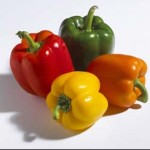 |
| healthbenefitstimes.com |
Harvest when the fruit is of desired size, sticky to the
touch and has a thick wall. Squeeze the pepper to verify the wall
thickness : a thick-walled pepper will be stiff. The longer the peppers
are left on the plant, the sweeter they get.
Use knife or scissors to cut the peduncle of the pepper
for less damage, or just pull the fruit from the plant if you don't care.
-----Ground cherries
 |
| public.media.smithsonianmag.com |
Harvest when the husk has dried and is brown in color.
Fruits that have fallen on the ground are more likely to be riper and tastier
than mature fruits still attached to the plant. To avoid ripe fruits from
rotting once fallen, cover the ground with a thick mulch.
Store at room temperature in their husk.
-----Potatoes
 |
| oregonrural.org |
Harvest when the aerial parts of the plant have died.
Dig out the potatoes on a dry, warm, and cloudy or sunny
day, after a period of little to no rain. Be careful not to damage them.
Potatoes exposed to the sun will turn bad and change color to green; if
harvesting on a sunny day, avoid long sun exposure.
If planted in the garden, you can lift them from below
using the fork technique.
If planted in a potato box, simply put a tarp around the
box, remove the sides, and start digging.
Leave the potatoes outdoors for an hour to dry.
For storage, cure the potatoes for 1-2 weeks (i.e. let
them dry), in a dark, warm and humid place. After curing, move them in a cool,
well-aerated and dark place.
Roots
-----Beets
 |
| worldcommunitycookbook.org |
Harvest when the beets seem to be at least the size of a
golf ball. Beets can benefit from being exposed to a light frost, as this will
break up complex sugars into simpler ones, giving a sweeter taste. If harvested
too late, beets will turn woody. They will also turn woody if exposed to hot
weather.
Use the fork technique. Alternatively, for selective
harvesting, beets can be pulled out of the soil, by grabbing them by the stem
(this can be difficult in heavy clay soils).
Throw away beets that are not mature yet, feel spongy, or
are damaged.
Leave the beets to air dry on the soil for about 20 mins.
Then, twist off the leaves, leaving about 10cm of stems on the roots. Do not
cut the stems or they will bleed.
-----Carrots
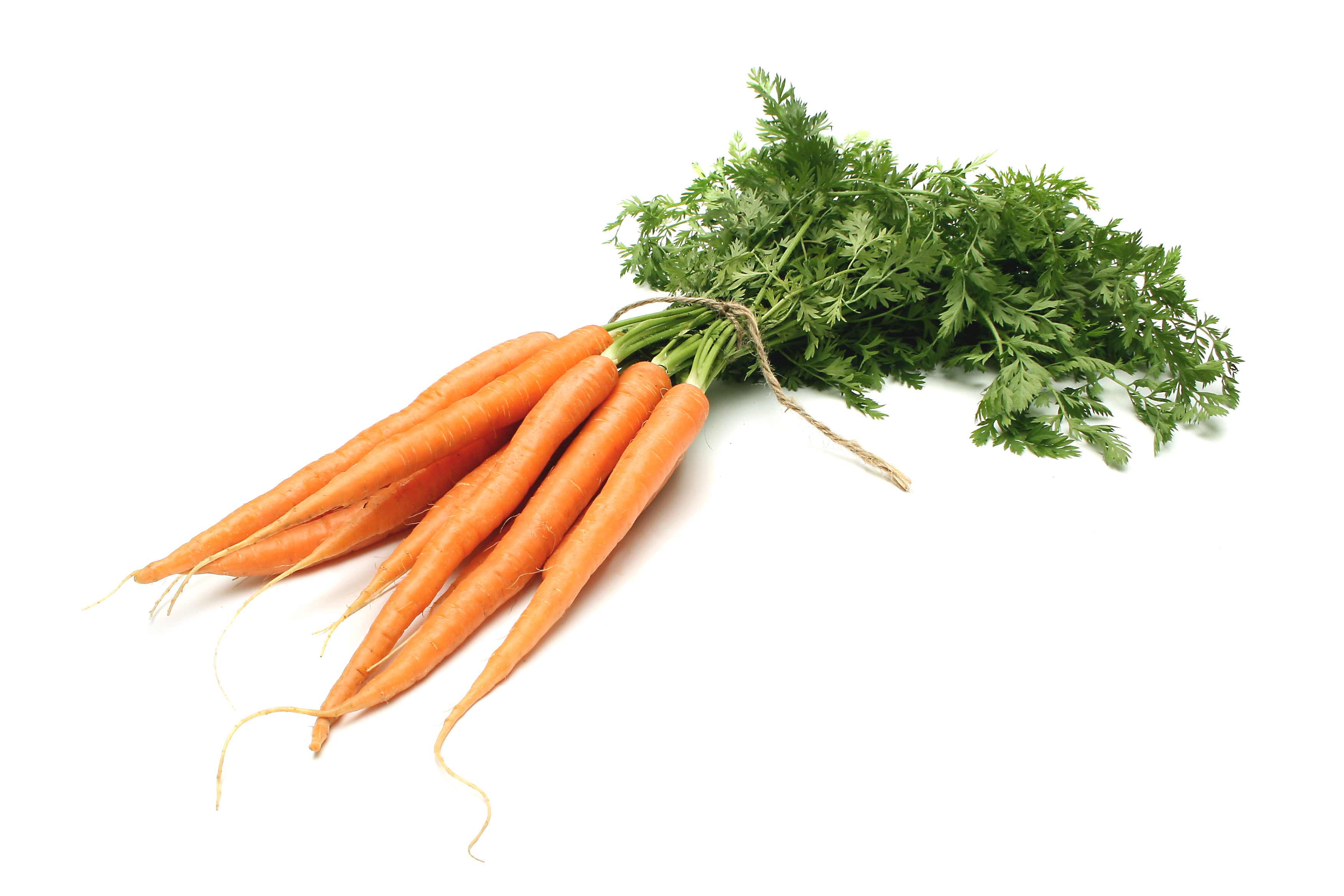 |
| blogs.kcrw.com |
Harvest when they seem to be about ½ inch in diameter.
Fork technique and air drying are the same as for beets.
Carrots must be washed, dried and put in a plastic bag in
the refrigerator for best storage. You may twist the tops off for storage or
not ; there doesn’t seem to be a widely shared opinion on this. From my
experience, twisting the tops off helps avoid limp carrots.
-----Spring onions
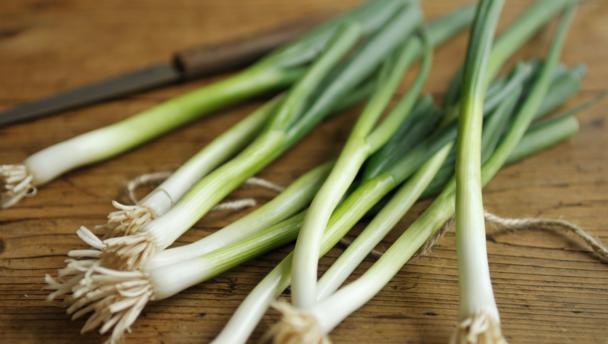 |
| ichef.bbci.co.uk |
Harvest when the leaves are 18 inched tall. They should
be pencil-thick at the base.
Use the fork technique. Grab the stems and shake off as
much soil as you can from the roots, without breaking the leaves.
-----Shallots
Pull them out of the soil or use a digging fork to lift
them gently from beneath.
Braid the tops and store.
-----Garlic
Harvest when the tops are dry.
Simply pull from the ground, or use the digging fork
technique.
Let dry and cure. Store in a dark, well-aerated and cool
place. You can also braid the tops if you want.
-----Onions
Harvest when the leaves have lost their color, have
weakened at the top and flop over. This means the onions have stopped growing.
Pull up from the ground and let dry. On a hot sunny day,
leave in the garden for a few hours until the roots have dried. Otherwise, lay
in a dry, hot and well-aerated place in a single layer.
Leave to cure in a warm (but not exposed to sun), dry and
well aerated storage area until the stems have completely dried. Cut the roots
and the stem, leaving 1 inch of both attached to the onion. Store in a cool and
dry place. Sweet onions store for a few weeks at most.
Harvest before cool weather. Do not bruise or cut, or the
onions will rot. Soft, young and thick-necked bulbs should be used first.
-----Turnips
Harvest before first frost, when the root ball is of 2-3
inches of diameter. If harvested too late, turnips will turn woody. Turnips
will also turn woody if exposed to hot weather.
Pull them out of the ground by grabbing them at the
bottom of the stem, near the root. The fork method also works.
Twist off the tops, leaving ½ inch of stem, for storage. Do
not wash.
-----Leeks
Harvest when the outside lower leaves are starting to die
(browning and drying). They should be at least as thich as a thumb.
Use a digging fork to push the leeks from beneath will
gently pulling on them by the base of the stem.
Remove dirt from the roots using water. Do not remove the
roots. The tougher, green part of the leaves can be removed (and used to make
vegetable stock).
Herbs
-----Chives
Clip at ground level.
-----Herbs
Cut the stem, leaving at least one pair of leaves on
established plants, and leaving a few pairs of true leaves on younger plants.
This will increase production, and result in a lower and bushier plant. You can
also snip off individual leaves, but unlike stems, these leaves won't be
replaced with new growth.
Never harvest more than 30% of a plant at a time.
When harvesting parsley, snip the head and the stem to
where it joins the clump.
Remove flower buds before they bloom (the earlier the
better) to enhance flavor and leaf production (otherwise all the energy goes
into seed production). Or harvest when the plant starts producing flowers
(before they bloom). Flower stalks are usually longer than other stalks, and
leafless or with a wide internode (i.e. space between leaves). The flower bud
can usually be noticed easily too.
Herbs grown for roots should be harvested in the fall,
before the first frost.
Misc.
-----Rhubarb
Harvest stems that are dark pink and at least 1.5cm in
diameter.
Pull and twist a stem near the base until it comes off
neatly. Don't cut nor tear off the stem. Don't dig up the plant either.
Remove leaves. Do not eat.
Do not harvest for the first year after transplanting.
During the second year, leave at least 5 stems. Then, harvest only half per
year.
-----Sunflower
Harvest when the flower is brown and dry, most of the
leaves have fallen off, and seeds are plump, straight, and black and white (or
otherwise, depending on the variety). The flower will look heavy and falling.
When the flower starts yellowing, it can be cut from the stem and set to dry
indoors. A bag can be placed on the flower to protect it from animals and
insects, but it needs to be changed if damaged or wet.
Cut the stem about 30 cm below the flower.
Using bare hands, gloved hands or some tool (not metal),
rub all the seeds off the flower into a container. You can also gently rub two
sunflower heads against each other.
Remove the chaff and rinse the seeds. If preparing for
eating, put the seeds in salted water (about half to quarter cup) and let soak
overnight.
Set out the seeds on an absorbant towel or a tray to dry. Cook in the oven
(or other method if desired).






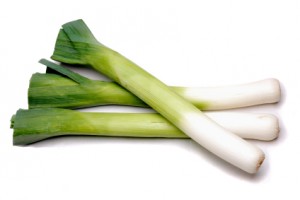


No comments:
Post a Comment